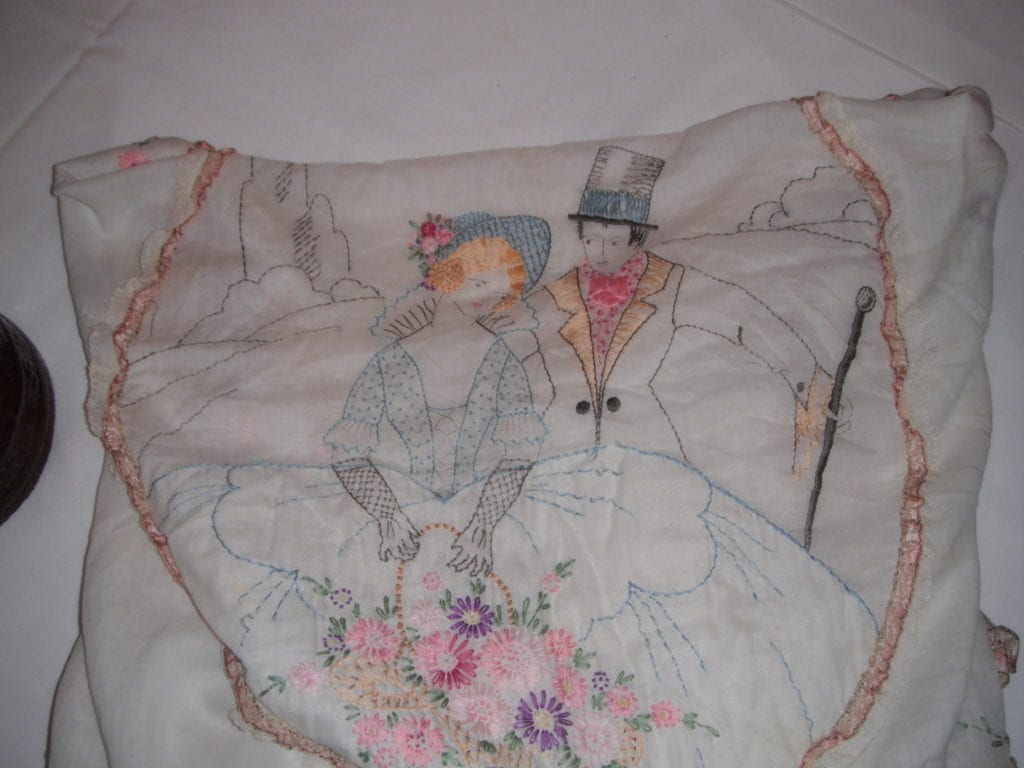You don’t need to invest in expensive products in order to protect, clean, or display your fine art or antiques. Since we all have to watch our pennies in today’s economy, here are some money saving tips and little-known tricks to keep your antiques and artwork in tip top shape.
Many of my audience members at my nationwide appraisal events have complained that white cloths and acid free tissue paper, both staples for storing antiques and collectibles, are too expensive. Plain white towel paper and plain coffee filters can, in some cases, be a cheap substitute. One of the most time saving, useful, and inexpensive items on the market is the coffee filter. A generic, plain white coffee filter can be used in many ways and help antiques lovers preserve their heirlooms.
Sparkling Mirrors
When cleaning mirrors or chrome, a coffee filter will accept a mild cleaning solution (like one part white vinegar to two parts distilled water) and its lint free construction will leave the mirror shining. Always remember to dust your mirror’s surface first and then clean with a liquid solution. As with any cleaning process, be sure to remove all of the liquid from the surface of the antique mirror.
I have often advised clients and audience members that those circa 1960s foam china separators are damaging your fine dinnerware. The old fashioned foam separators can become discolored over time, give off gas and acidity, and stain your good china. To protect a set of fine china, try placing a piece of plain white towel paper or a plain white coffee filter (which is already circular-cut) between each china plate while in storage.
Coffee filters are strong enough to use when applying silver or brass polish. The other benefit of using them is that they won’t leave lint on your antique silver serving tray like a cotton rag will. And when you are finished polishing, just throw it away.
Vintage Textiles Reinforced
I really like the look of vintage textiles, needlepoint, and quilts and I know many of you want to keep these aging treasures in good shape. I fondly remember my Aunt Dorothy’s post-war style kitchen with the red and white tiles, Blue Ridge china, and Formica table. She decorated cheerfully with brightly colored printed café curtains and cotton tablecloths. Instead of buying expensive bed sheets and pillowcases, she embroidered imagery onto plain cotton pillowcases in the mid 1900s. To pinch a penny, she used her sewing talent and her World War II era ingenuity to reinforce the back of the curtains, pillowcases, table covers, and kitchen hand towels. She used sheets of paper towel or thin cotton cloth. By reinforcing the backside of these textiles, she extended their life—allowing me to enjoy them, even today. I’m grateful she kept them in such good shape and it was easy to do with just some thrifty reinforcements.
For crafters, coffee filters and sheets of plain towel paper are cheap sources for cleaning and support backing. These materials are easy-to-tear for embroidery or appliqué of fabrics, too. Of course, this reinforcement solution should not be used on valuable antique quilts or historic samplers. When in doubt, consult a professional textile conservator.
You don’t have to spend a fortune to clean, store, and protect your antiques, you just have to think outside the storage box.
Dr. Lori Verderame is the award-winning Ph.D. antiques appraiser on History channel’s #1 show, The Curse of Oak Island. Visit www.DrLoriV.com/Shopping and www.YouTube.com/DrLoriV or call (888) 431-1010.



